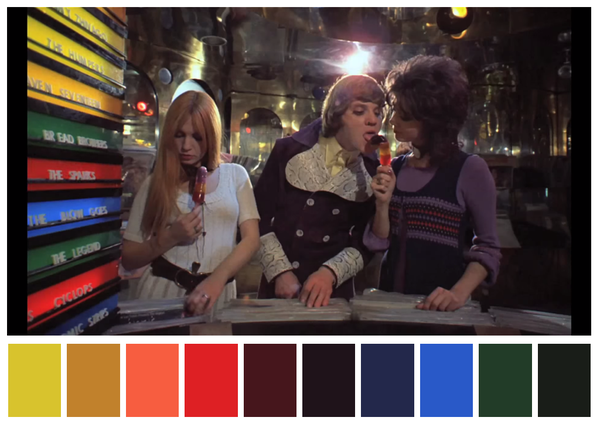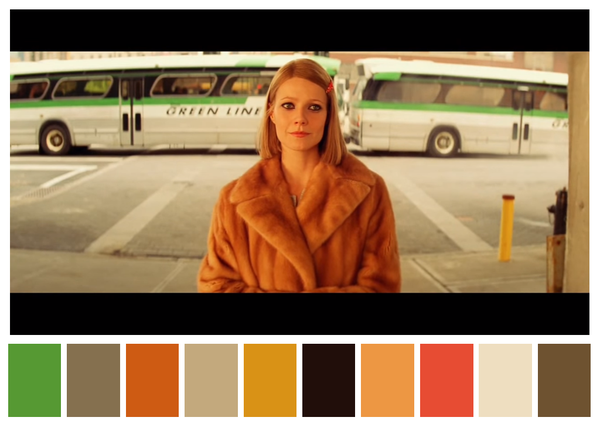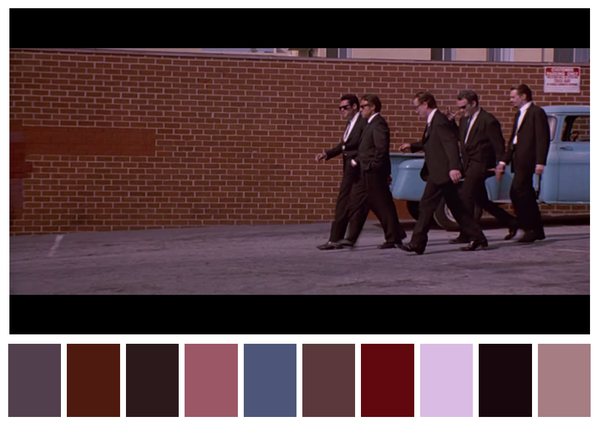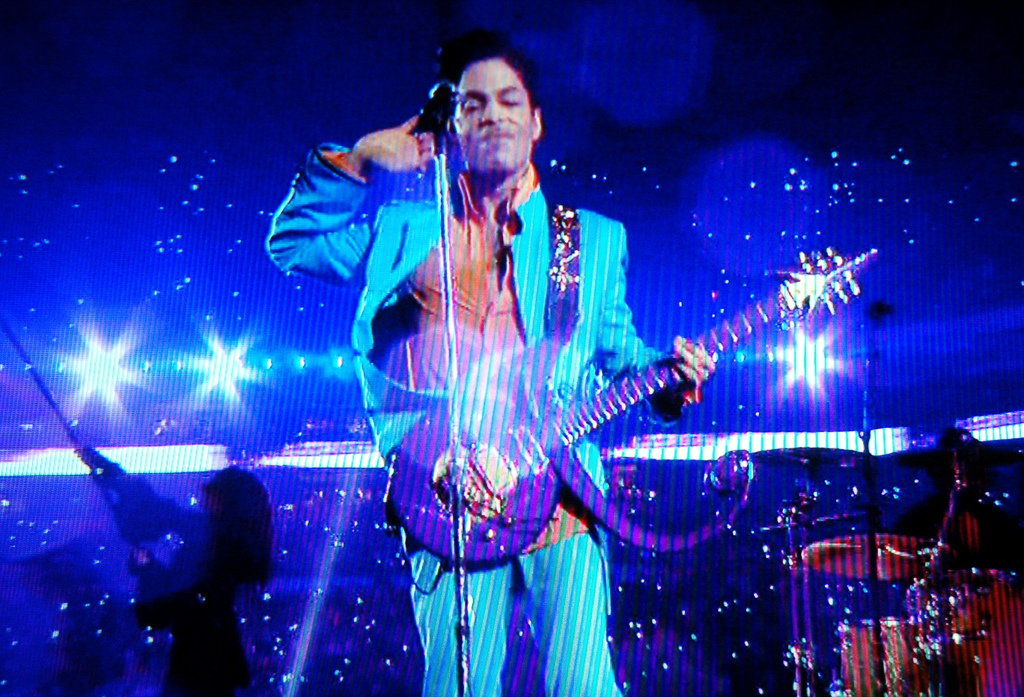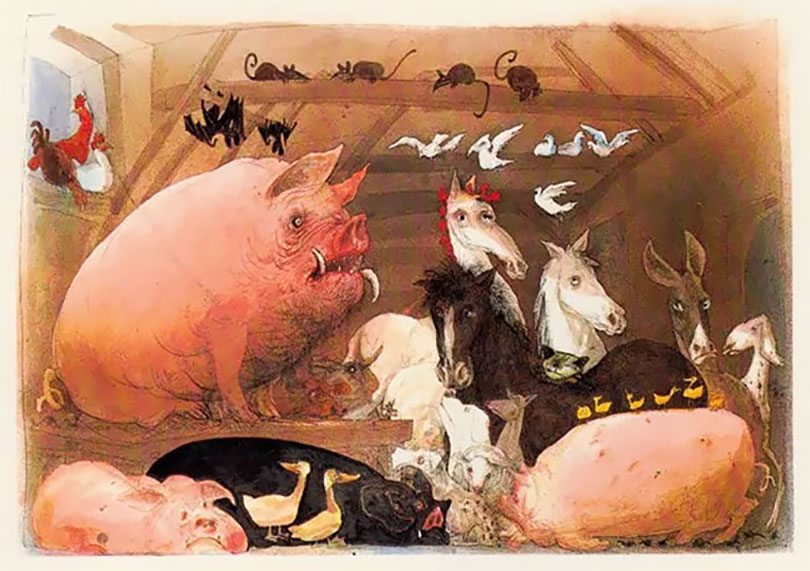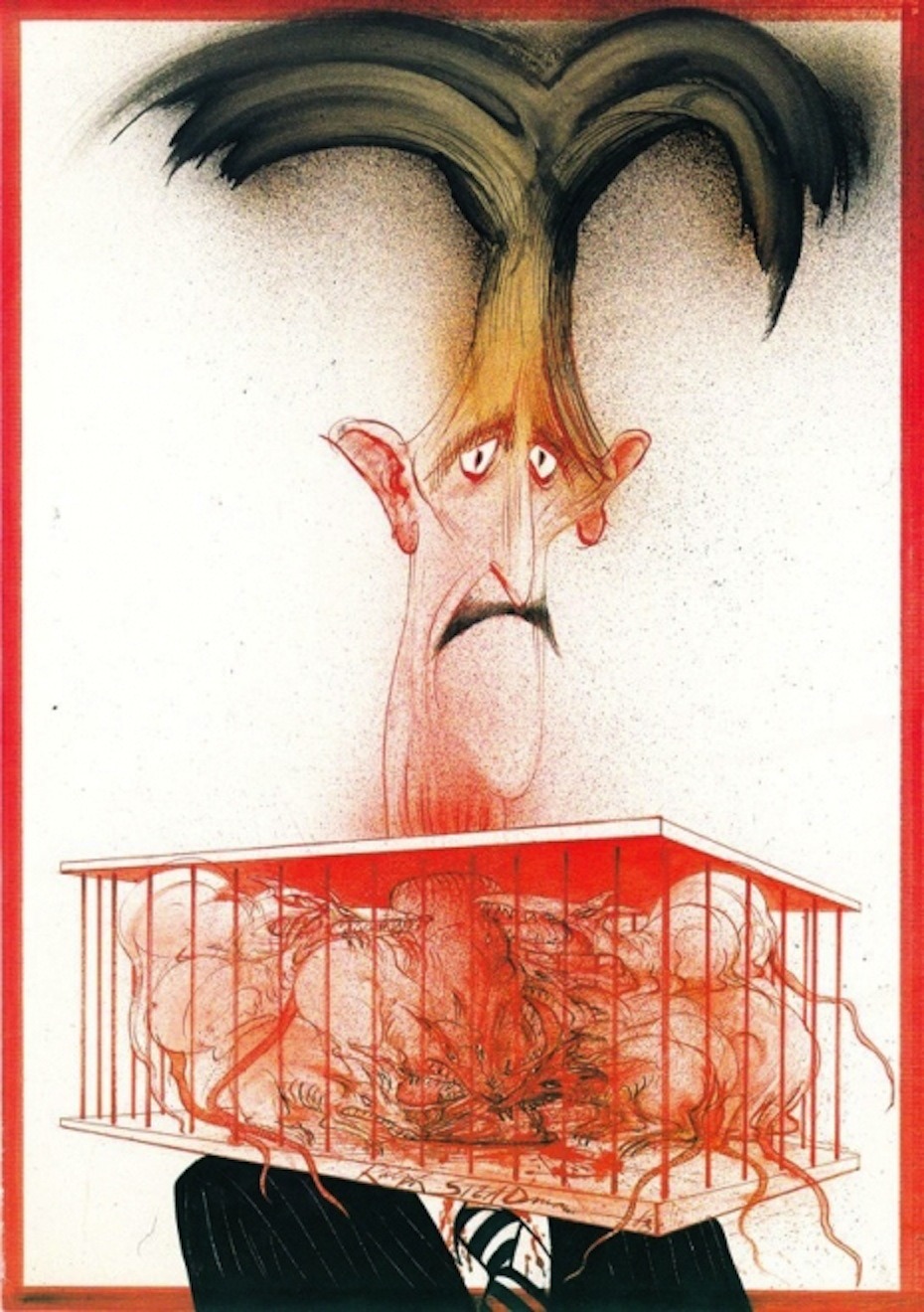I didn’t get the Beach Boys for a while. They had provided the soundtrack to an alien world, one I knew mostly from chewing gum commercials. They were “uncool—cornball,” writes Ben Ratliff, “unenlightened” purveyors of “beach privilege.” The “narrators of Beach Boys songs used their time as they liked: amusement parks, surfing, drag racing, dating, sitting in their rooms.” They had no cares, no real burdens, just shallow summer loves and heartaches. They came off as some of the blandest, safest-sounding people on earth.
Then, in a puzzling turn in the nineties, indie artists like Neutral Milk Hotel, Jim O’Rourke, and The Sea and Cake began experimenting with the complex arrangements, odd instrumentation, and sunny melodies of 60s pop artists like The Beach Boys and Burt Bacharach.
This is music that can seduce us into thinking it is simplistic, childish, uninspired vanilla. Its use as background muzak in supermarkets and shopping malls confirms the impression. But critical listening explodes it. (Dig the phrasing in the otherwise silly, Bacharach/Hal David-composed “Do You Know the Way to San Jose.”)
Yes, it took a retro-hip return to ’60s lounge music, bossa nova, and surf pop for many people to reconsider the Beach Boys as serious artists. And while the trend became a little cloying, once I put on the headphones and gave the radical Pet Sounds a few dozen spins, as so many songwriters I admired had gushed about doing, I got it. Of course. Yes. The arrangements, and those harmonies…. It isn’t only the technical wizardry, though there’s that. It’s how thoroughly weird those classically-inspired arrangements are. Perhaps a better way to put it would be, totally counterintuitive.
What nearly any other pop arranger would naturally do with a harmony or rhythm part—just to get the house in order and showcase more important “lead” parts—Brian Wilson almost never does. As the minimalist composer John Adams put it, “more than any other songwriter of that era, Brian Wilson understood the value of harmonic surprise.” At least in Pet Sounds and the long-unfinished “labyrinth of melody” SMiLE, each part of the song sustains its own individual interest without breaking away from the miniature symphonic whole.
Even within the harmonies, there is a strange tension, an off-kilter wobbling as in a machine whose gears are all just a bit off-center. Instruments and voices go in and out of key, tempos slow and quicken. The vocal harmonies are angelic, but troubled, uncertain, maudlin, and underlined with unexpected intensity given the innocuousness of their lyrics. In the isolated vocal tracks here for “Wouldn’t It Be Nice,” “God Only Knows,” “Sloop John B,” and “Good Vibrations,” you may catch it, or not. It isn’t foreboding, exactly, but a kind of uneasy recognition that the pleasures these songs celebrate will soon pass away. An Arcadian theme in the California pastoral.
The tension is there in Wilson’s idol Phil Spector’s compositons as well, but the contrast is remarkably greater in Pet Sounds, of longing, nostalgia, and youth at its peak. The utopia they imagine may only appeal to a specific subset of boomer Americans, but their intricate, melodically complex, yet harmoniously appealing soundworld belongs to everyone. As Zack Schonfeld observed in a sadly prophetic review of Wilson’s Pet Sounds performance in Brooklyn last summer, “it is hard to imagine modern indie or indie-pop—or pop in general—without Pet Sounds.” (That includes, of course The Beatles, who answered with Sgt. Peppers.) “A world without Pet Sounds is a frightening dystopia,” he writes, “like imagining a world without beaches or one in which Donald Trump is president.” Maybe as you sit back and listen to the otherworldly beauty of these naked harmonies, think of all those lovely beaches we still have left.
Related Content:
89 Essential Songs from The Summer of Love: A 50th Anniversary Playlist
Josh Jones is a writer and musician based in Durham, NC. Follow him at @jdmagness

